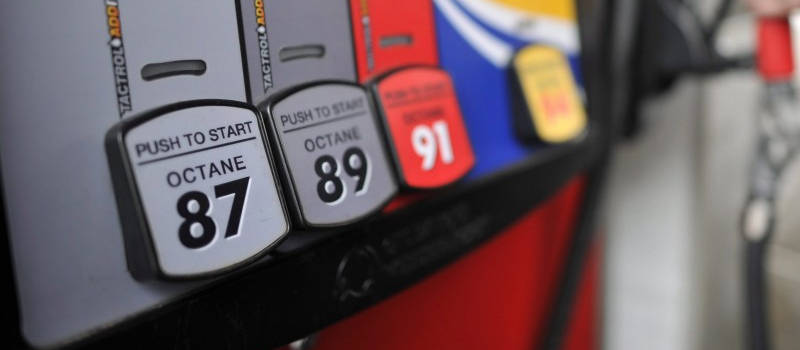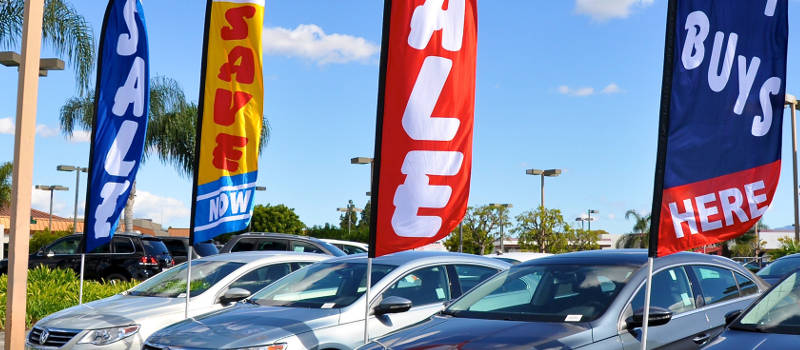
Understanding How To Use Kelley Blue Book Car Values
A lot of car buyers – especially those searching in the used car market use Kelly Blue Book as their gauge to determine what a used car should cost them. It’s fair to say the Kelley Blue Book (KBB for short) is probably the most trusted pricing guide for both buyers and sellers when it comes to used cars. But should it be?
We won’t dispute the value KBB offers the marketplace, but we do feel you should be informed and educated about what Kelly Blue Book is – and isn’t – before you use it for a reference point in your purchase (or pricing) decisions.
Kelley Blue Book Doesn’t “Set” Prices
Let’s start off with the most common misconception. KBB doesn’t set car values and prices. Instead, they track prices based on several factors, including the sale prices on vehicles sold at weekly auto auctions and the prices listed on their own site, Autotrader. Accessing and analyzing all this data does give KBB an advantage in being able to provide accurate pricing. But, as with many other pricing guides, it has some weaknesses:
- Lag
KBB prices aren’t immediate reflections of actual market conditions – they compile and compare a lot of data and that information is eventually reflected in their pricing, but it is not immediate. As an example, during the pricing collapse on large SUVs in 2008, it took Kelly Blue Book awhile to update their pricing to display accurately what was occurring in the market place. This gave an “inflated” price to anyone looking to KBB to help either set the price or assume the cost. - Demand
Market demand impacts the cost of a vehicle in the real world. Many extremely popular vehicles have pricing on Kelly Blue Book that is not reflective of their actual value. For example, at one time a used but excellent condition Toyota Camry had a list value that was over 30% below common and actual market prices from private sellers? Why? Because there are a lot of people interested in reliable used cars such as the Camry and in excellent condition they command a premium price. If you tried to negotiate from the KBB value, you’d be hard pressed to find a seller willing to discount their car so much – and even worse, if you were the seller, you’d have priced your vehicle well below what the market was willing to pay for your car!
How Do You Determine Used Car Value?
There are three main pricing guides you should look at to get a consensus of what the “books” are pricing a car’s value on the resale market. Look at Edmunds.com, Kelley Blue Book and NADA.com. Because each source uses different calculations to arrive at their pricing model, by comparing all three and looking at online prices for similar cars, you’ll be able to accurately price your vehicle – whether you are looking to sell or to buy.
If You’re Looking To Buy A Used Car
Remember, car sellers tend to view the condition of their vehicle with a great deal of optimism – and emotion. While it’s possible you may find a vehicle priced below its condition, it’s a rarity. Don’t be afraid to challenge a private seller on what they consider “excellent” condition. You should print out the Kelly Blue Books listing for the various car conditions (excellent, very good, good and fair) to bring with you when you go to look at the car.
We hope this has given you some additional information as you search for your next car. Remember, that in the end, the overall quality of the car is going to be its real value for you and your family. Even if you end up paying slightly more than you wanted, over time, that expense is more valuable than paying less and having a car your family can’t rely on or, even worse, is unsafe in.
Good deals on bad cars happen all the time. Your goal should be a fair deal on a great car. We hope we’re able to help you with that.



0 Comments